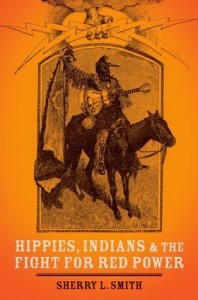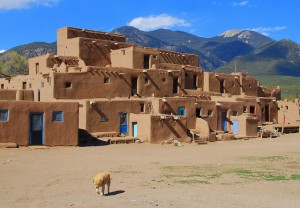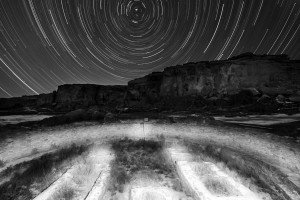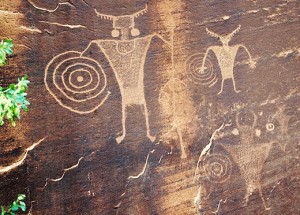 Here’s a new book that may be of interest to you:
Here’s a new book that may be of interest to you:
Hippies, Indians and the Fight for Red Power.
David Farber of Temple University has this to say about the book: “Sherry Smith’s book is titled Hippies, Indians, and the Fight for Red Power. In fact, the book doesn’t focus on “hippies.” Only one chapter is about hippies and Indians. The rest of the chapters, as Smith carefully explains, detail how Native American people in the 1960s and 1970s allied with “a disparate collection of liberal, progressive, and radical organizations, churches, and individuals of various races and ethnicities” to fight for greater economic and political power (p. 215). Judging by the endnotes, I think Smith started this project by researching how and why a set of cultural rebels in the sixties become enamored of Native Americans and where that set of feelings and relationships led.” The chapter Mr. Farber mentions deals specifically with the influx of Anglo counterculture people into New Mexico, primarily Taos. If you are interested in this historical focus, I think it is worth a read.
Author John Nichols, whose book “Milagro Beanfield War” inspired the Robert Redford-directed movie of the same name, and who now lives in Taos has good advice to offer to any newcomer to the area in his book “If Mountains Die.” In it, he urges visitors and new residents to approach being in New Mexico as a pilgrimage. I would certainly extend that thought to anywhere we travel or live on our Mother Earth.
http://www.johnnicholsbooks.com/johnnicholsbooks/Johns_Books-1965-1986.html
If you would like to design a special journey for yourself, family or organization here in the American Southwest or Mexico, get in touch. Contact me at: info@earthwalks.org





